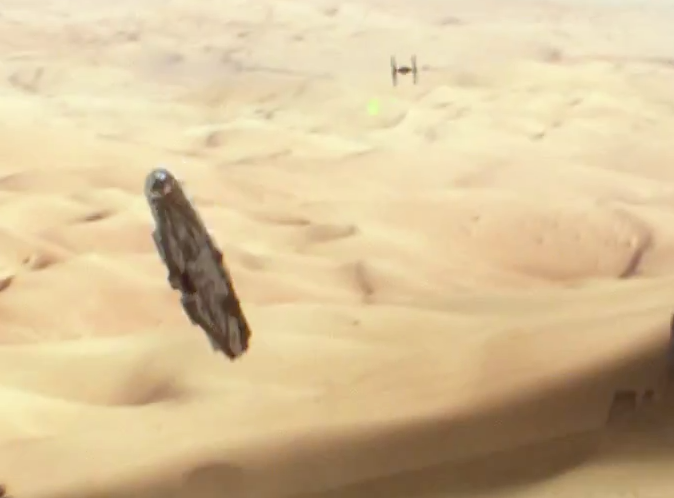"Guys", there seems to be some confusion re: the dish orientation, left-right, etc. However, the dish & mount are articulated, which means the dish can swing through the entire arc of it's horizontal pivot (not quite 180 degrees, but close) along with the base, which can rotate a full 360 degrees in a horizontal plane about it's vertical center axis. What does mean to the modeler working on the details? Probably nothing as long as the dish is centered on the 'A-frames' that connect it to the pivot hinge. I haven't tried to determine if it is the case, but I suspect it is centered (aka 'symmetrical') on the mount simply because that would have been much easier to accomplish when it was built.
Now, the dish mount itself must consist of at least two main assemblies, namely the outer 'ring' or base that is affixed to (into?) the hull and the rotating 'plate' with the lower A-fames & pivot pin. The plate is set onto the base and can of course rotate to any degree about it's center (only logical for a directional dish antenna as depicted.) As noted in the decal survey, the ANH screen caps of the TIE fighter "duel" shows the dish facing generally forward, but the visible port A-frame detail does not match what has been seen in the 'road show' image archives. I hadn't previously noticed the asymmetrical 'gray panel' application, but certainly that will support the fact that 1) the base plate has been rotated to show the other side frame & 2) the dish itself was 'flipped' over to face forward as is expected. BTW, the ANH 'duel' scenes *are* of the 5-footer. The 'super-sized' antenna prop was used in one of the subsequent movies (ESB, I believe), evident from the 'closeup' framing used for its scene and which shows *no hull* in the background.
So, the details are unchanged regardless of overall orientation, just make sure you match the main parts to the correct relative orientation ( in short, use consistent photo references...avoid mixing 'old' & 'new' pix.)
Regards, Robert






